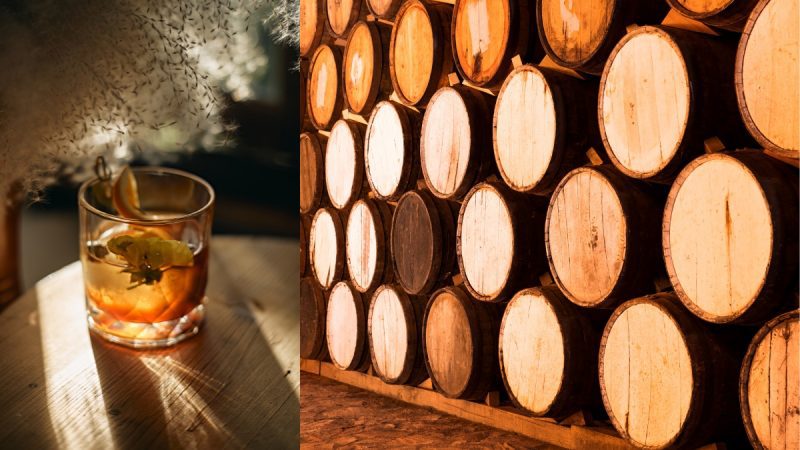Step into the heart of a whisky distillery, where the air is thick with anticipation and the promise of something extraordinary awaits. A secret chamber of transformation lies amidst the towering stills and the symphony of bubbling spirits: the realm of whisky casks. These humble vessels, crafted from the ancient embrace of oak, hold within them the alchemy of time, patience, and flavour. But their story is more than mere storage; it’s a tantalising tale of wood and spirit, woven together in a dance of maturation. Join me on a journey into this enchanted world, where each cask whispers secrets of ages past and imparts its essence upon the golden elixir we know and love as whisky.
What Are Whisky Casks?
Whisky casks are more than just vessels for ageing the beloved spirit; they’re integral to the final product’s character, flavour, and complexity. They are essentially barrels or containers traditionally made from oak, although other woods are occasionally used. These casks are where the magic of whisky ageing happens. They serve as vessels for storing and maturing whisky, allowing it to interact with the wood and other factors to develop its distinct flavour profile.
Origins And Types Of Whisky Casks:
- Oak Casks
Oak is the most common wood used for whisky casks due to its unique properties. It imparts flavours, aromas, and colours to the whisky, enriching its character over time.
American white oak and European oak are the two primary types used. American oak tends to be more porous, allowing the whisky to penetrate deeper into the wood. On the other hand, European oak often imparts spicier and more tannic notes.
- Previous Contents
Whisky casks are often repurposed from other spirits such as bourbon, sherry, port, or wine casks. Each previous content leaves its mark on the cask, affecting the flavours and aromas it imparts to the whisky.
- Size And Shape
The size and shape of the cask also play a role in whisky maturation. Standard sizes include the hogshead, barrel, and butt, with variations in capacity and surface area exposed to the whisky. Smaller casks generally accelerate ageing due to increased surface area-to-volume ratio. On the other hand, larger casks may promote slower, more subtle maturation.
The Aging Process And Cask Influence
- Flavour Development
During ageing, whisky interacts with the wood, extracting compounds like vanillin, tannins, lignins, and lactones. These compounds contribute to the whisky’s flavour, imparting notes ranging from vanilla and caramel to spices, fruits, and even floral or smoky elements.
- Colour Enhancement
Whisky starts as a clear spirit, but as it matures in the cask, it gains colour from the wood’s tannins and caramelised sugars. The type of wood and previous contents affect the hue.
- Texture And Mouthfeel
The porous nature of oak also allows the whisky to breathe, enabling oxygenation and subtle chemical reactions that influence texture and mouthfeel. This can result in a smoother, more rounded whisky over time.
- Maturation Environment
Factors like temperature, humidity, and airflow in the warehouse where casks are stored also impact whisky maturation. Distilleries carefully control these variables to achieve the desired ageing outcomes.
The world of whisky ageing is certainly as diverse and nuanced as the flavours of the dram itself.
Cover Image Courtesy: Canva

